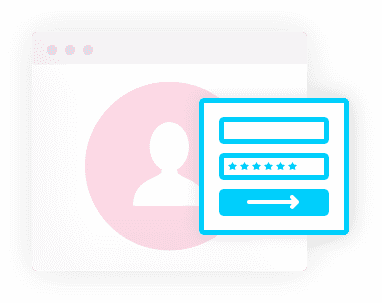Elevate user, role, permission, claims, LDAP, password and impersonation management. Enjoy advanced features for authentication, authorization, and identity security in your .NET applications.
This module implements the User and Role system of an application;
Roles page is used to manage roles in the system. A role is a set of permissions assigned to the users.

You can create a new role or edit a role in this page:

You can manage permissions of a role:

You can set custom claim values for a role:

Claim types are retrieved from the claim list defined in the Claim Types Management page (see below).
Users page is used to manage the users in your system.

You can create a new user or edit an existing user in this page:

A user has union of the permissions of the assigned roles. Identity module also allows to grant extra permissions to a specific user.

You can also set custom claim values for a user:

Claim types are retrieved from the claim list defined in the Claim Type Management page (see below).
Identity module allows to define custom claim types.

Identity module adds a new tab to the Settings page to customize the behavior on runtime.

Organization units page is used to manage organization units, members of organization units and roles of organization units.

You can add a new organization unit or edit an existing organization unit on this page. In order to add a new root organization unit, click "Add root unit" button and fill the opening form.

In order to add a sub-unit to an existing organization unit, right click on an existing organization unit and click "Add sub-unit" context menu item. Similarly, in order to edit an organization unit, right click on an existing organization unit and click "Edit" context menu item.

You can manage members of an organization unit using the members tab by selection an organization unit or by right clicking to an item on the organization unit tree.

You can manage roles of an organization unit using the members tab or by right clicking to an item on the organization unit tree. An organization unit inherits permissions of its roles.

Identity module automatically logs all authentication related operations (login, logout, change password...) to the database. Security logs can be viewed in the security logs UI page as shown in the screenshot below;

Also, each user can view security logs for his/her account as shown in the screenshot below;

Identity module provides organization unit management UI. An organization units hierarchy can be created using this UI and members (users) can be assigned to organization units as well.


Also, roles can be assigned to organization units. In that case, all users in the specific organization unit is granted with the added role.





















